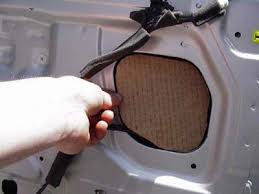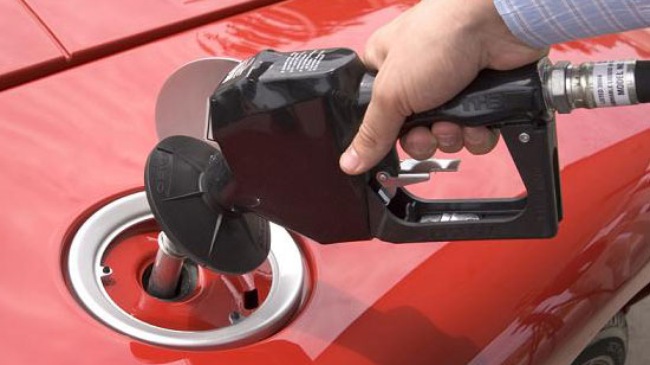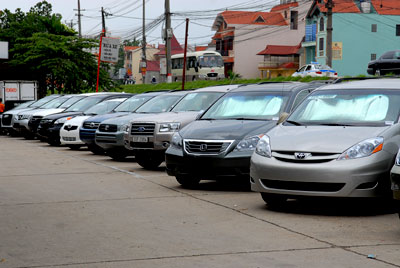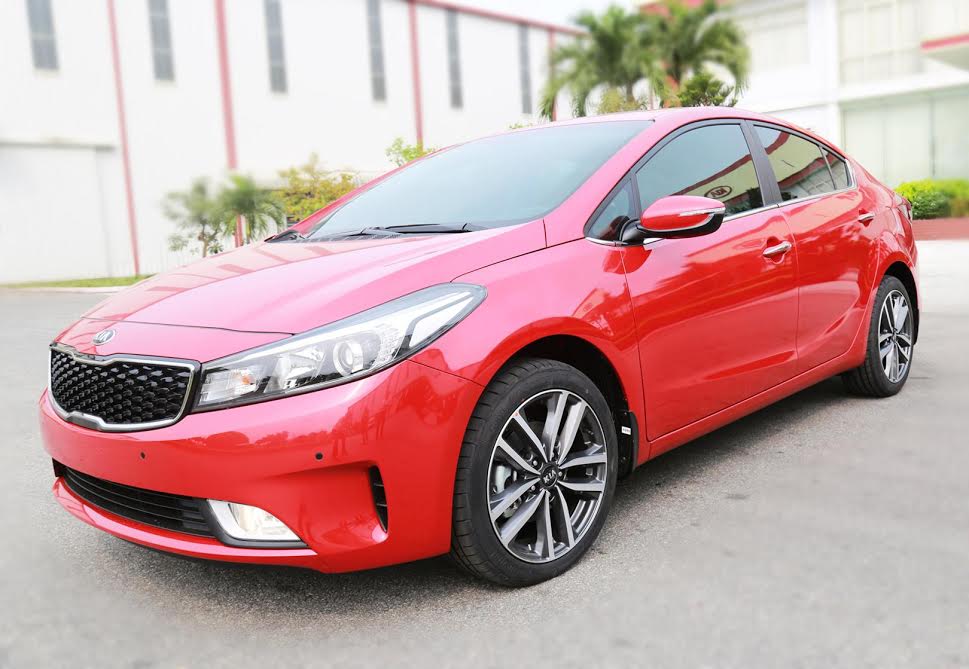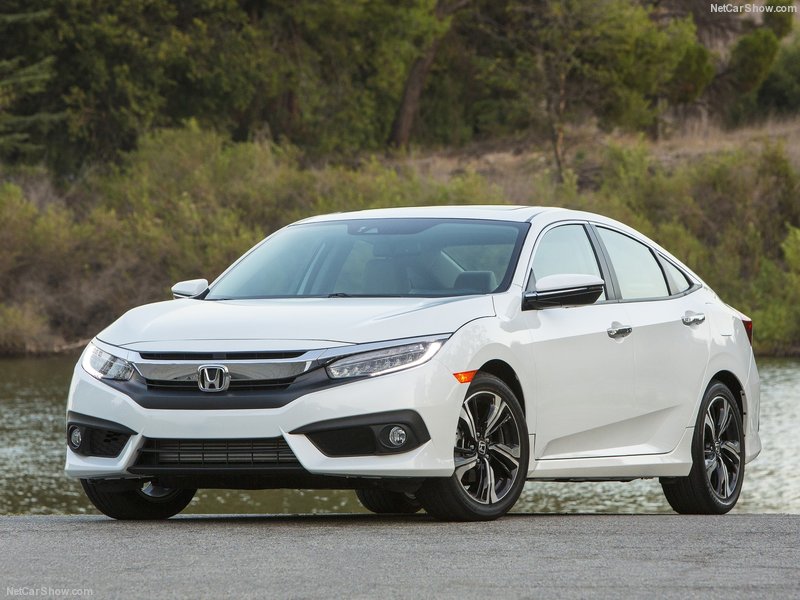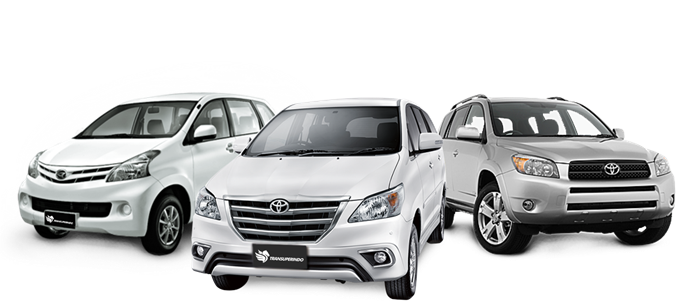Methods to reduce noise in the car
Recently, the noise in cars has been overcome and reduced significantly, any moment when the air is blocked can cause noise, the trick of this noise reduction technology is to only allow Unobstructed airflow into the vehicle. Tips for you as follows:
Noise from the wheels is a factor that needs to be eliminated, especially when traveling on rough roads. Manufacturers have come up with shock absorbers that match the features of the tires being used. But tires with large sidewalls have greater elasticity, which will eliminate most of the noise. If the tire sidewall is lower, the car handles more realistically but does not limit noise. By changing the structure of the shock absorbers, noise will be significantly reduced. The chassis structure is also designed to reduce noise in the vehicle. A separate frame, like on a truck, will isolate noise from the wheels as much as possible. The unique bodywork – a design that combines the frame and bodywork into one block – makes the car lighter but does not provide noise isolation.
Many cars today use "subframes" - small frames attached to the tires to both prevent noise transmission and help lighten the vehicle's weight. Tire tread design also greatly affects the vehicle's noise level. Some types of tires make loud noises or vibrations when the vehicle is driving on the road. Today the majority of tires are designed to significantly reduce noise.
Wind is another important noise factor. There is no car that moves without creating a flow of wind that slides along the body of the car and is likely to roll into the car. The car's windshield is the main part that easily causes wind to blow into the car. Looking closely at today's mirror structures, you will see that they have a very special shape, with additional edges and holes to allow air to move around gently. 90% of wind noise is caused by vortexes between the front windshield and car doors. This is not surprising because this is an area with many angles of the car body, many openings and especially very close to our ears.
Lexus, unlike the 2004 RX 330 SUV design, placed a lot of emphasis on noise reduction. The dynamic design makes the air flow around the car smoother, helping you reduce noise. The front windshield wiper has been repositioned below the strong wind current on the bonnet to reduce air resistance. The roof rack has a "harmonious" design to make air flow easier.
The front glass frame is curved to direct the airflow to move gently along the vehicle body. The gaps between the shock absorber, bonnet and doors are sealed to eliminate noise. The engine mount has been redesigned and the exhaust system has been reinforced to eliminate vibrations, especially when the vehicle is idling. To limit vibration from the transmission system, Lexus has rearranged the transmission components between the engine and rear wheel axle, thereby reducing vibration transmitted to the front of the vehicle by 20%. Use noise isolation materials to reduce high-frequency noise caused by wind, engines and road surfaces.
Wind noise can also be caused by the unevenness of the vehicle body. Today's cars use a "roofing" effect to reduce noise. The body of the car is slightly raised in front of the openings and lowered at the rear to keep the wind from swirling into the openings, otherwise these openings are often adjusted to minimize the impact of the wind.
Thanks to significantly limited noise in the car, manufacturers can add special sounds such as the sound from the exhaust pipe every time you accelerate to give driving more thrills. The music from the hi-end sound system in the car will become better quality because it is not affected by noise from outside the car.


